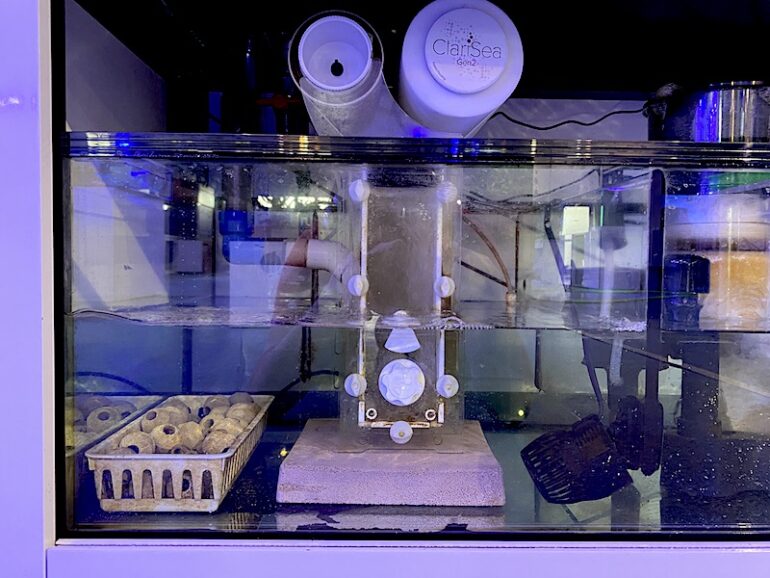It’s no secret that we’ve become pretty big fans of Automatic Filter Rolls as a potent replacement for using mechanical filter socks. We don’t want to think about how many hours we’ve spent cleaning them, how many gallons of water we’ve wasted, and how much unfiltered water has overflowed from clogged filter socks over the span of our aquarium career.
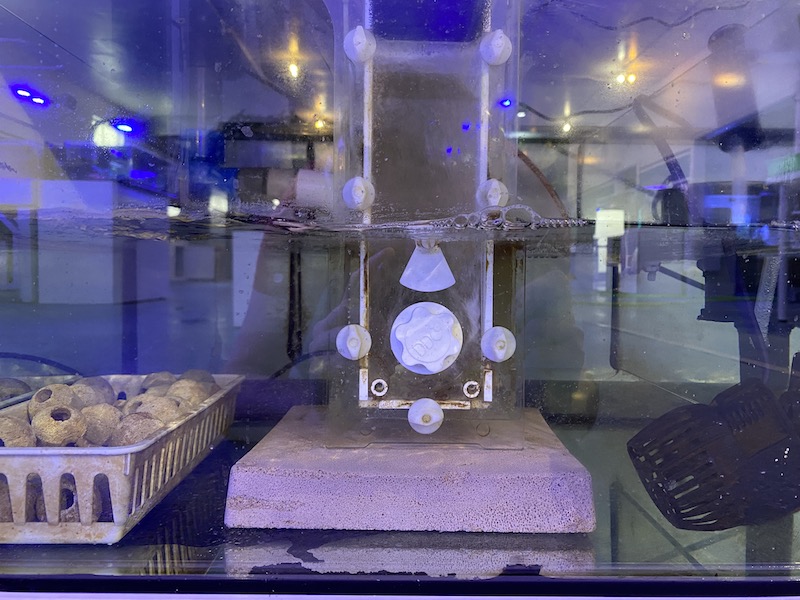
Today we enjoy having access to many capable and reliable models of automatic filter rolls on the aquarium market but we feel strongly that there’s an ideal way and a ineffective way to install these to get maximum performance and efficiency. Our experience is primarily focused on the versions from ClariSea and Deltec, both of which have a vertical fleece or filter paper spooling design. Much like the widespread filter socks, it wouldn’t make sense to have the filter roll submerged below the surface of the aquarium water, because both methods rely on gravity to aid in pulling water through the filter material.
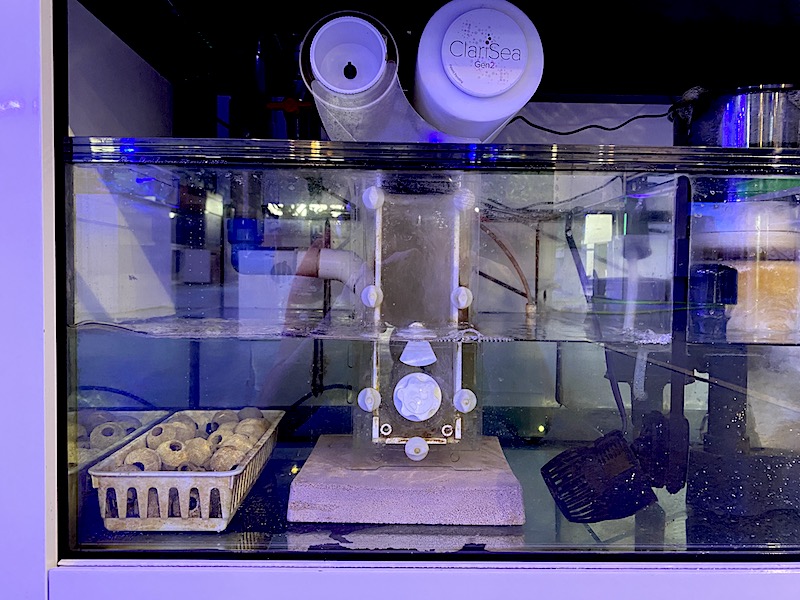
Water levels drop progressively from the ‘beginning’ of the sump where water comes in until it reaches the final ‘weir’ section of the sump where the return or feed pump is typically placed. Therefore we feel strongly that it’s not enough to simply place auto filter rolls like the ClariSea or the Deltec VF in a sump in whatever part of the sump they can fit it.

By elevating the automatic filter rolls mostly out of the water, the force of gravity helps to maximize the efficiency of water flowing through the filter fleece or paper rolls. Not only can this help get more total water flow volume through the automatic filter, it can also extend the life of a given filter roll making sure it’s as dirty as possible before the water level rises to actuate the spooling of new filter material.
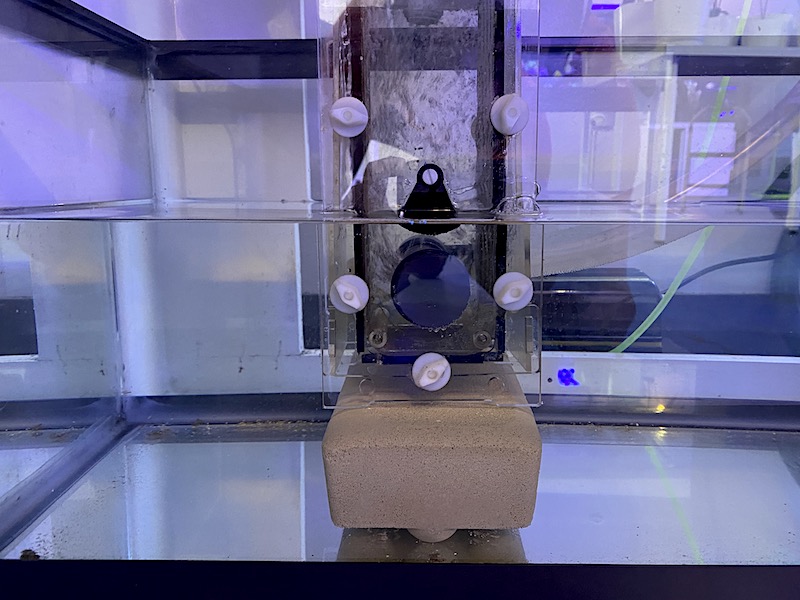
The ClariSea SK models seem to be cognizant of this optimization by including an adjustable bracket with which to hang the device on the side of sump walls. In the case of the Deltec VF 6000 we built a small platform out of PVC to keep the filter outlet just a few inches submerged below the water surface. Of course you could elevate the automatic filter rolls completely out of the water but this would cause a certain amount of noise from the splashing, and probably negligible increased flowrate.
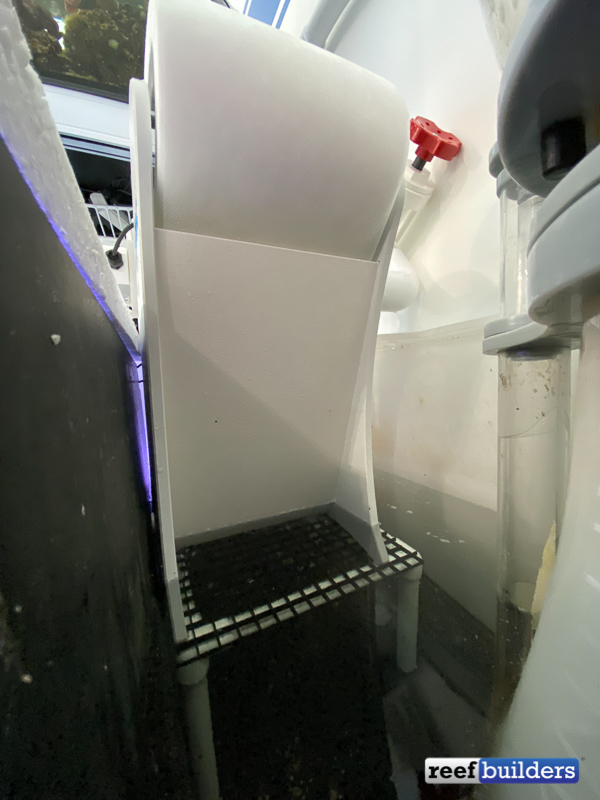
In our installations of the ClariSea SK we only needed to elevate the filters a few inches out of the water. For this application the Brightwell Xport BioBrick and Bioplate makes a great stable support and it’s also optimal placement to have freshly filtered and oxygenated water flow over our primary source of biological media.
In lieu of the PVC platform that we quickly built and customized for the Deltec VF, we considered employing a small plastic organizer with sliding drawers instead, and will definitely try this in the future. This structure could work like an old school DIY wet dry filter, but we would instead use as drawers to hold assorted chemical medias like carbon, GFO or biological media as well.
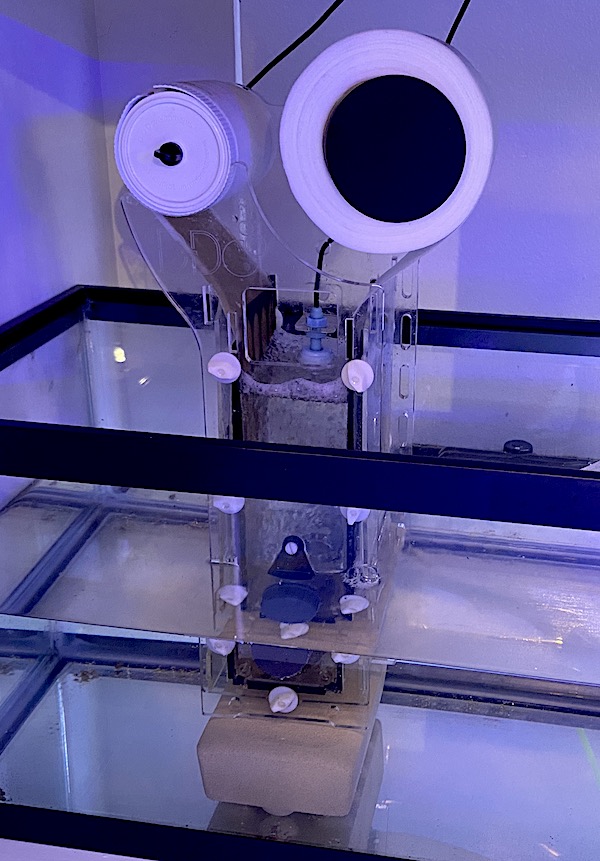
We can’t tell you how much our maintenance has decreased, and how much cleaner our tanks have become that have automatic filter rolls installed on them properly. We’re getting upwards of three months between filter roll changes, especially with the new XL version of the ClariSea rolls, and it’s hard to quantify how much waste they are exporting before it builds up in the water, either phosphates in the reef, or nitrates in the fish tank. As we all learn more about using these automatic water clarifiers and waste exporters, more tips and tricks will come to light and hopefully these pointers will help out the novices among you.


